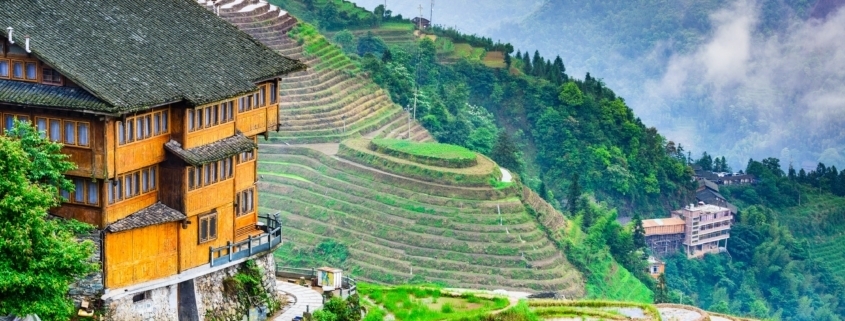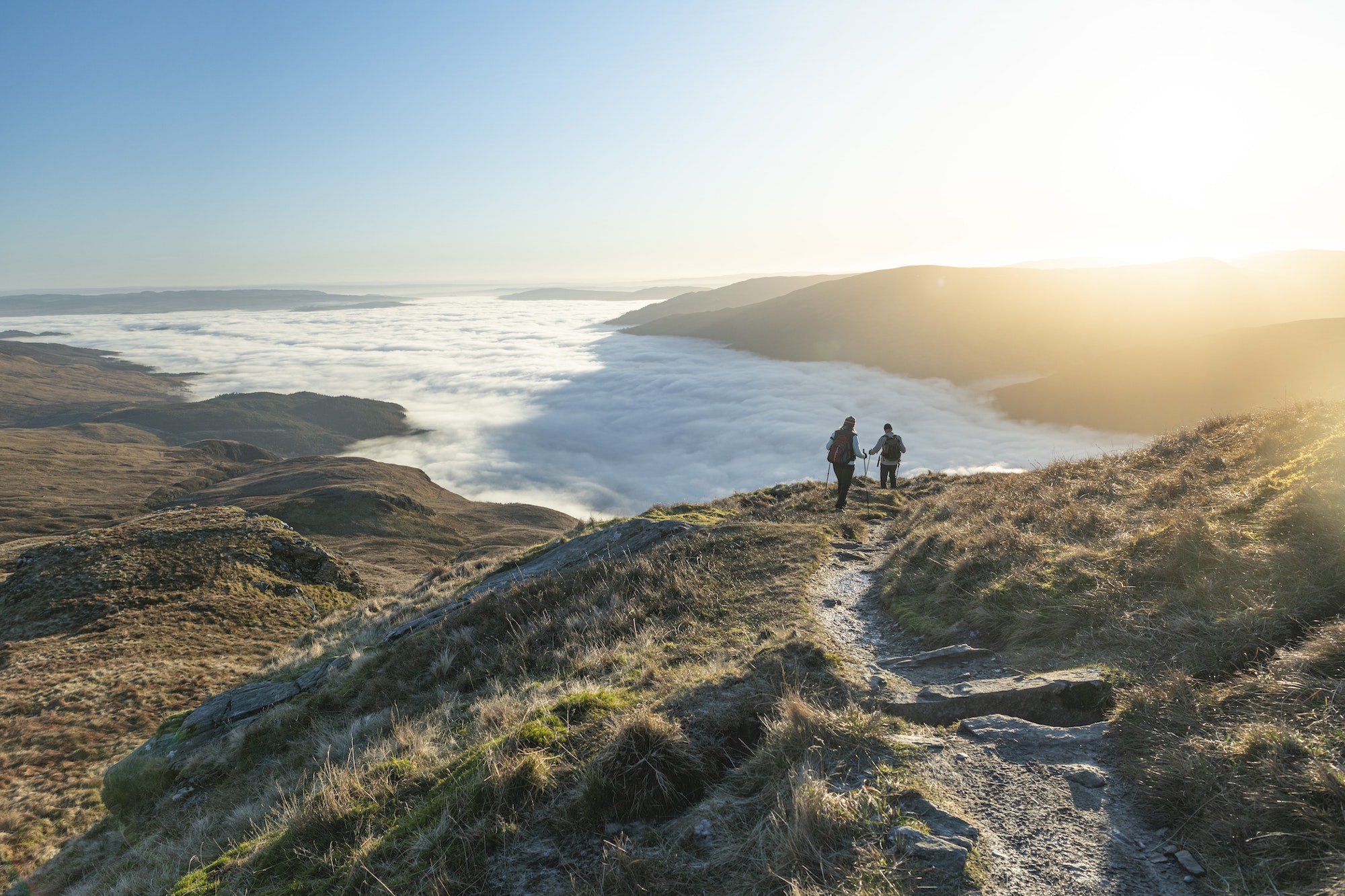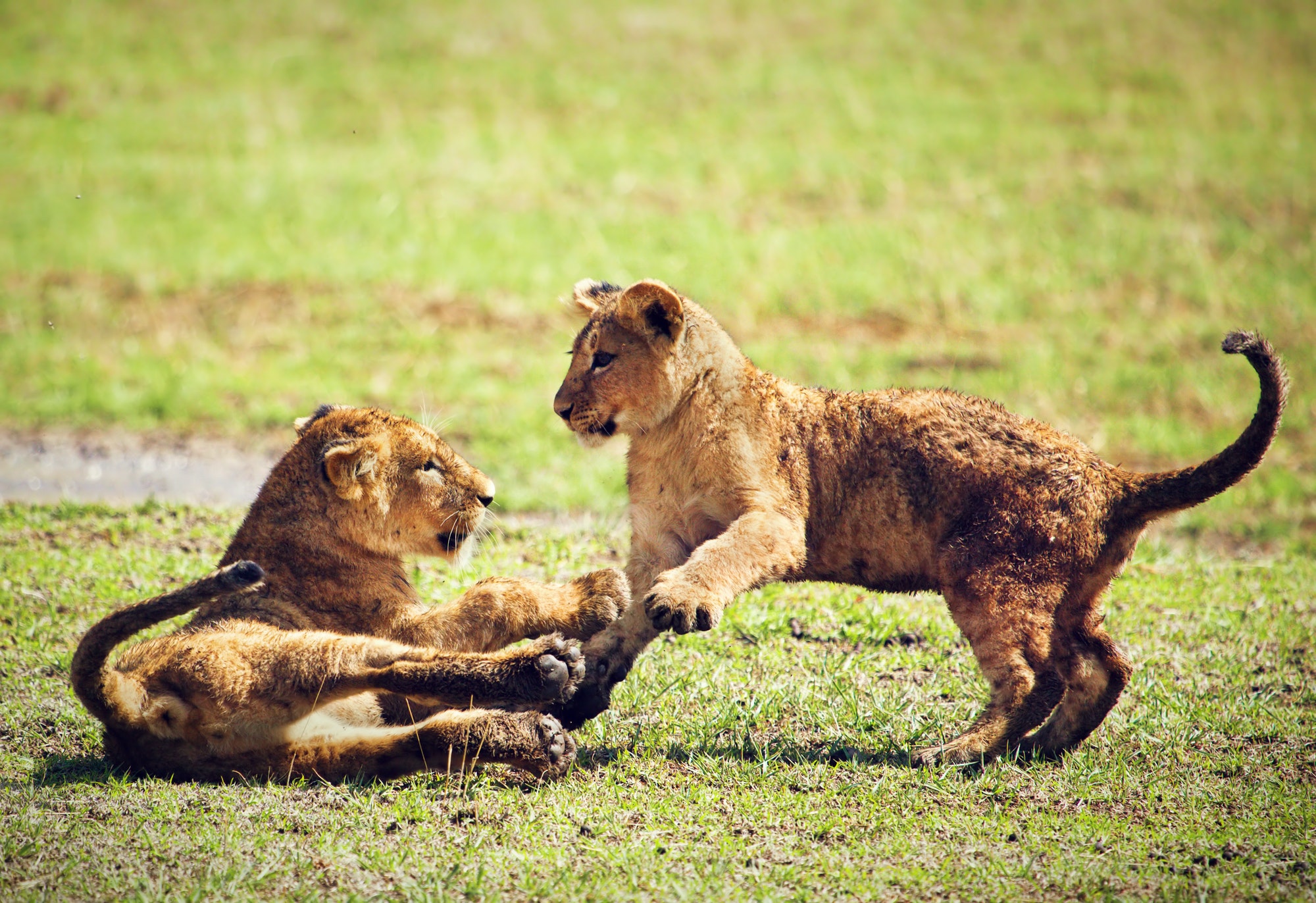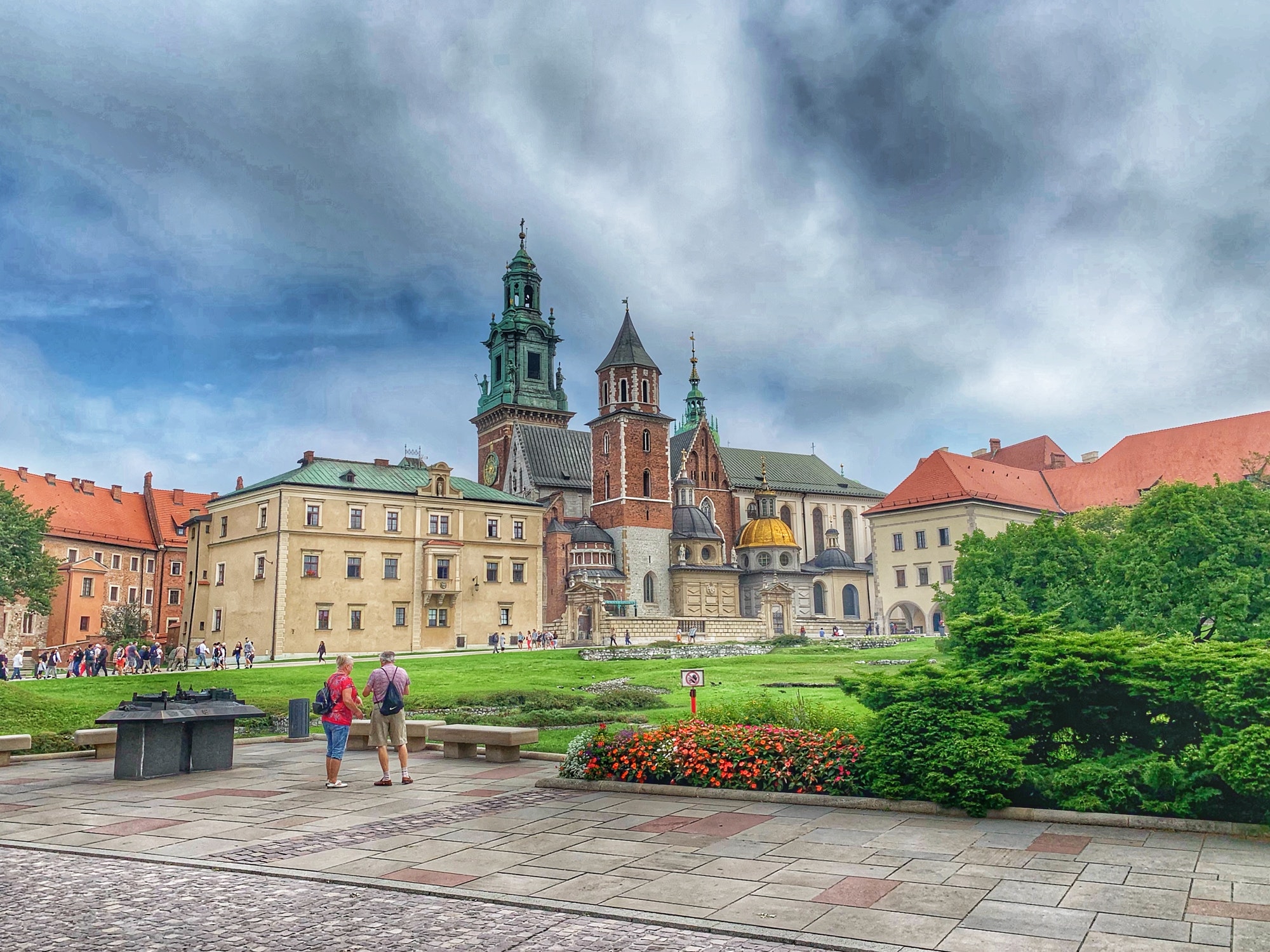Hiking China’s Dragon Spine Rice Terraces
While Beijing mixes modern skyscrapers with ancient icons such as the Forbidden City and the Summer Palace, the Chinese countryside in the Longji region delivers natural scenes of legendary beauty as well as a chance to see how traditional people live.
For hundreds of years the Zhuang and Yao people have built mud banks into the side of the steep mountains to create the Longji rice fields known as the Dragon Spine Rice Terraces. The tiered gardens follow the shape of the slopes, creating a dramatic landscape of undulating curves, suggestive of the pointy ridges on the mythic beast’s back.
To reach the Li-An Lodge in the village of Ping An, where we are staying, we must walk 30-minutes uphill.
There are no roads. Sherpas—tiny women with large woven baskets on their backs—meet us at the bottom of the mountain and insist on carrying our luggage uphill.
In the morning we hike the slopes. The mist forms a band of low clouds hanging over the peaks and butterflies follow us uphill. Walking here makes us feel as if we have entered an ever-changing, three-dimensional sculpture of outsized proportions and beauty.
Along the slopes we encounter farmers tilling the soil with water buffalos and carefully planting seedlings by hand. Another day we meet Yao women from a nearby village. Known for their beautiful, long hair, they smilingly agree to unwind their tight braids to reveal their Rapunzel length locks.
Higher up the mountain, the soft gurgling sound becomes louder as we near the spot where water floods each terrace, spilling onto the plots beneath. From the ridgetops, the fields float below us. In early June they appear as a quilt of soft brown mud and new green shoots. By October, the mountains blaze with yellow as the rice is ready to harvest. Li An Lodge is a four-level, traditional style cedar wood building like the Zhuang houses that hug the mountainside. The owner, Keren Su, a photographer in Seattle, WA, who grew up in China, also operates China Span, a tour company. He designed the property to blend with the local homes.
“Before the Cultural Revolution,“ says Keren Su, “I had an ambition to be an architect, but the Cultural Revolution destroyed my dream. I was sent to northeast China to a labor camp to cut down trees to make more fields to plant. All stupid things.”
In designing the lodge, both the exterior and the interior, Keren Su fulfilled his goal to create a dwelling as well as to preserve the style of the farmers’ houses that were being torn down. Inside Keren Su mixes western creature comforts such as private bathrooms, queen-size beds and contemporary furnishings with Chinese antiques, local items and his photographs of the region.
Each guest room has a different theme. In the Harvest room, a grind stone serves as part of a desk, a sculpture of a pumpkin sits atop a bureau and a pole employed once employed by farmers to carry baskets of goods hangs from a wall. In the Melody room ancient bronze bells and an Imperial musical score hang on the wall and the Celadon room, which has one of the best views of the terraced fields, displays a collection of celadon vases.
Although the food is average, the staff is friendly and the views, magical. Longji’s Dragon Spine Rice Terraces are one of the most memorable places we visit in China and the Li An Lodge serves as a welcome spot from which to enjoy this dramatic setting.
Asia Transpacific Journeys, the company that booked our custom tour of China, suggested the Li An Lodge and the Dragon Spine Rice Terraces, when we told them that we wanted to experience the countryside. The agency offers group departures as well.




 Great Family Vacations
Great Family Vacations Great Family Vacations
Great Family Vacations Great Family Vacations
Great Family Vacations Washington Times
Washington Times
